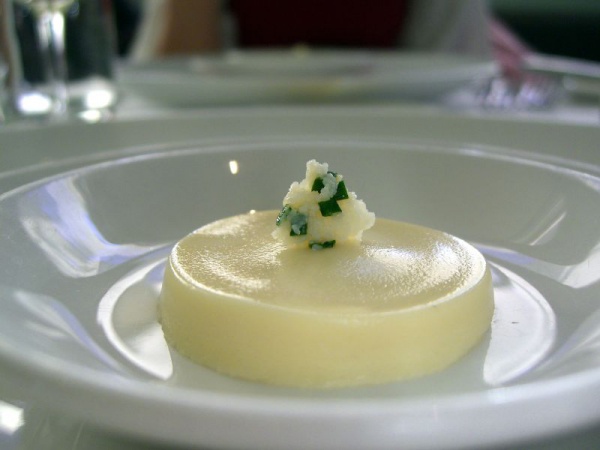Facts About Amuse-bouche
An amuse-bouche, sometimes referred to as an amuse-gueule, is a charming little treat that chefs offer to guests at no extra charge. This tiny, bite-sized appetizer isn't listed on the menu; instead, it's a delightful surprise designed to whet your appetite and provide a glimpse into the chef's culinary style. The term itself is French and translates to "mouth amuser" which aptly describes its purpose.
In France, the term amuse-gueule is traditionally used in everyday conversation, but amuse-bouche began appearing on restaurant menus in the 1980s and has since gained popularity.
The concept of the amuse-bouche gained significant traction during the nouvelle cuisine movement, which emphasized smaller, intensely flavored dishes. Typically, it consists of just one or two bites and is selected by the chef. While it can be something simple like olives or a bit of tapenade, it often serves as a canvas for the chef's creativity and skill. Today, it's a staple in Michelin-starred restaurants, although it presents some challenges in terms of preparation and presentation.
To execute an amuse-bouche effectively, restaurants often set up a dedicated station where these tiny dishes can be swiftly assembled. They also require a variety of unique serving pieces, such as small plates, demitasse cups, and soup spoons, to ensure the presentation is as impressive as the taste. Additionally, chefs must be mindful of guests' allergies and dietary preferences, ensuring everyone can enjoy this little culinary gift.

 Monaco
Monaco